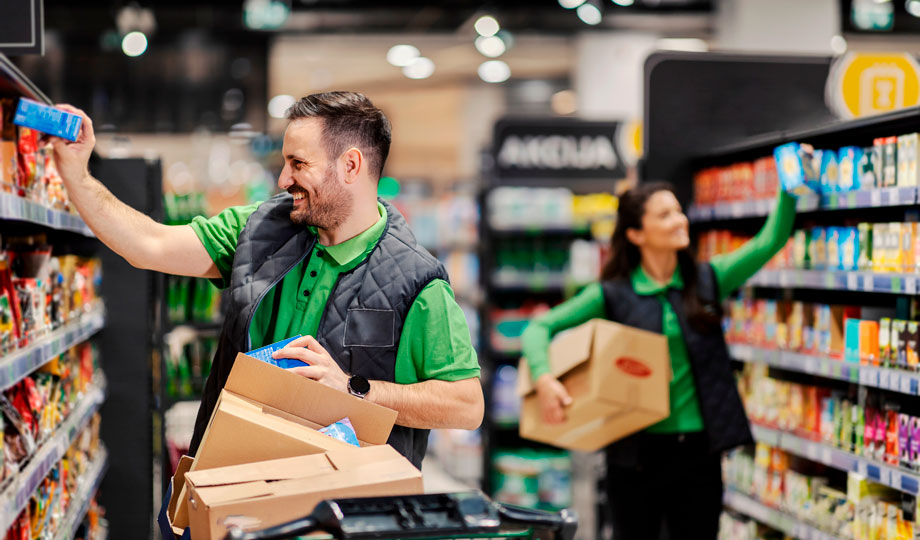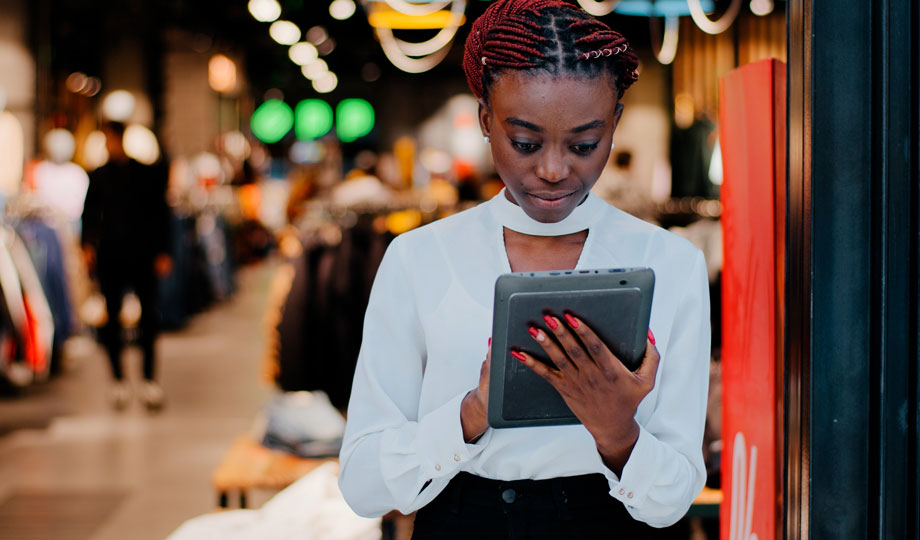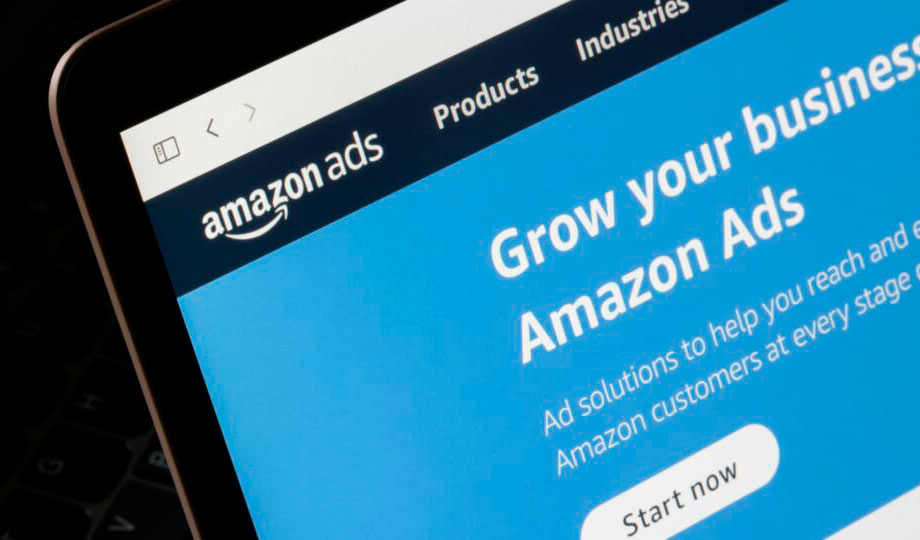Original Source: www.america-retail.com
What is the future of physical stores? “FlagShip”, “Corner” or “Shop in Shops” are some of the formats available to companies to adapt the structure to their growth or to present new products.
For some experts, the physical store without an online version can survive. But, on the contrary, this is not always the case. Jorge Mas, founding partner of the retail consultancy CrearMas, shares this opinion, understanding that when a consumer goes to a store, they have the chance to “experience” and “get to know the brand in depth.” “A physical space allows us to touch, taste, smell, hear, and be advised by a salesperson,” he says. In addition, to attract the new generations, who are very accustomed to digital shopping, he is committed to offering them personalized attention that they cannot experience in online commerce. In short, to make them feel unique, achieving an incentive that encourages them to go to the physical point and “ensure more sales in the future.”
In an interview with DIRIGENTES, the professional explains that these places are still “essential” and stresses the importance of giving them the value they deserve, as well as taking advantage of them to “seduce” customers: “The big retailers are still betting on opening physical stores because they know that this is where you have to invest.” And on this point, he gives the example of Amazon, which “is betting on physical commerce in the long term: it already has a supermarket, and at the end of 2022, it will open a clothing store in Los Angeles”.
P de Paola, Project Lobster, the luxury marketplace Vasquiat Room, Vicio, and Goxo are some examples of leading online brands opening physical stores. To understand what this trend is all about, Mas argues that big brands have realized the importance of omnichannel, so “they are giving customers the opportunity to live a tangible experience, getting in touch with them and improving, at the same time, their brand positioning.”
To achieve this, he believes that the physical store must be able to take advantage of the different existing options. Thus, “FlagShip, Corner or Shop in Shops are some of the formats that companies can adjust to adapt the format to their growth or customer-facing staging and present novelties.
How to create value in the physical store?
To answer this question, Jorge Mas first prefers to address what it means to create value. And his opinion is clear. It means exceeding the visitor’s expectations, generating surprises, and offering a worthwhile experience. And how can this be achieved? For the expert, this is possible through three elements: an excellent in-store display, good customer service, and a click-and-collect service to link online and offline commerce. He also adds a second strategy aimed at involving consumers in activities, workshops, and other actions based on “fun” and “learning” so that the public can live a “unique brand experience.”
In this line, the founder of CrearMas gives the example of Eataly. This food store has incorporated tasting rooms with the intention that shopping becomes a “fun” and “suggestive” experience. In fact, “some of its products are made in the same establishment, such as ricotta, fresh pasta or mozzarella, allowing you to see how they are made through a glass.”
For his part, the role of the human team continues to play a fundamental role in the physical store and, according to Mas, “a good salesperson knows how to communicate the brand’s values coherently and is able to perceive the needs of the people who visit them in order to advise them better.” For this reason, retail today needs well-trained workers capable of “surprising” and “guiding the customer according to their needs.”




